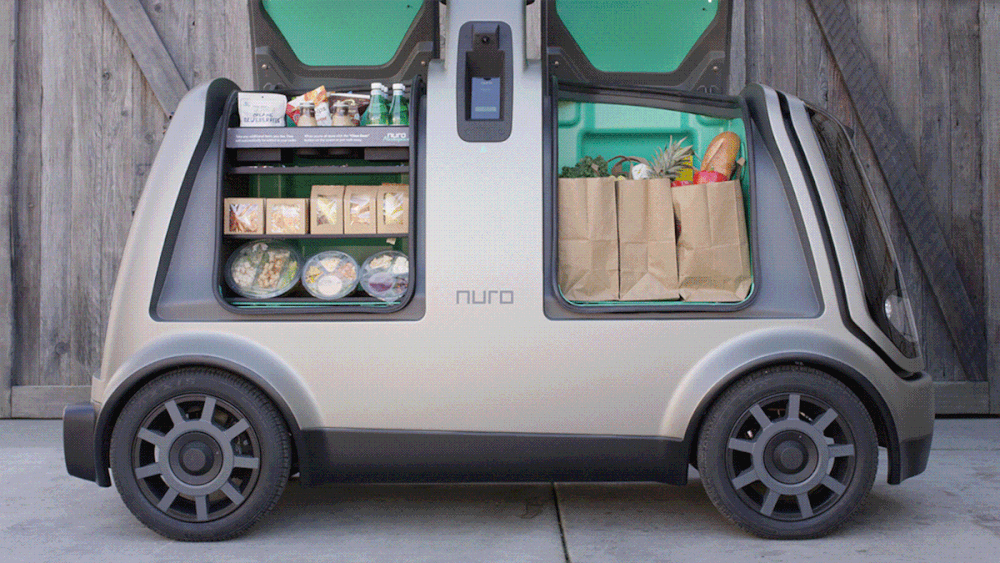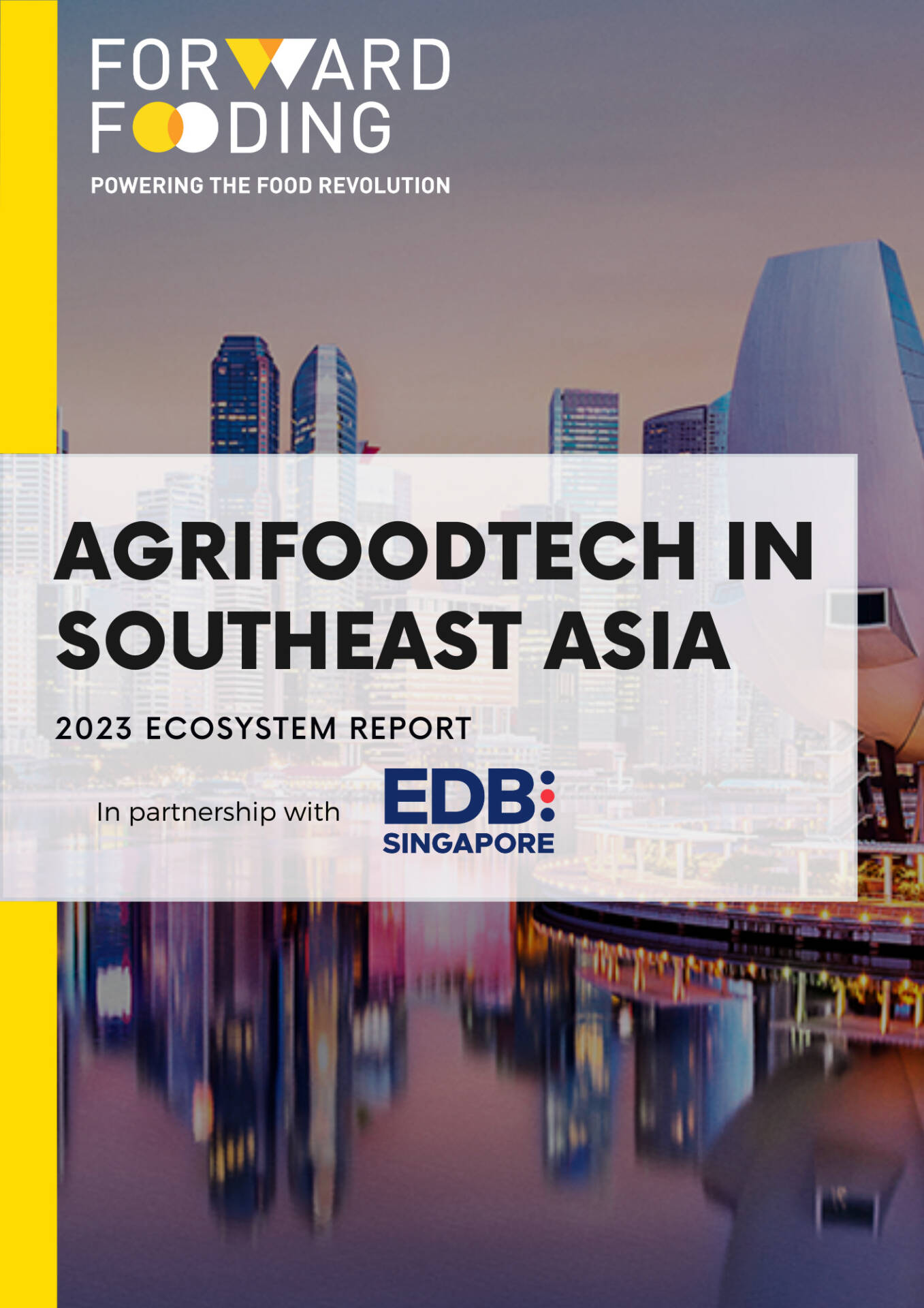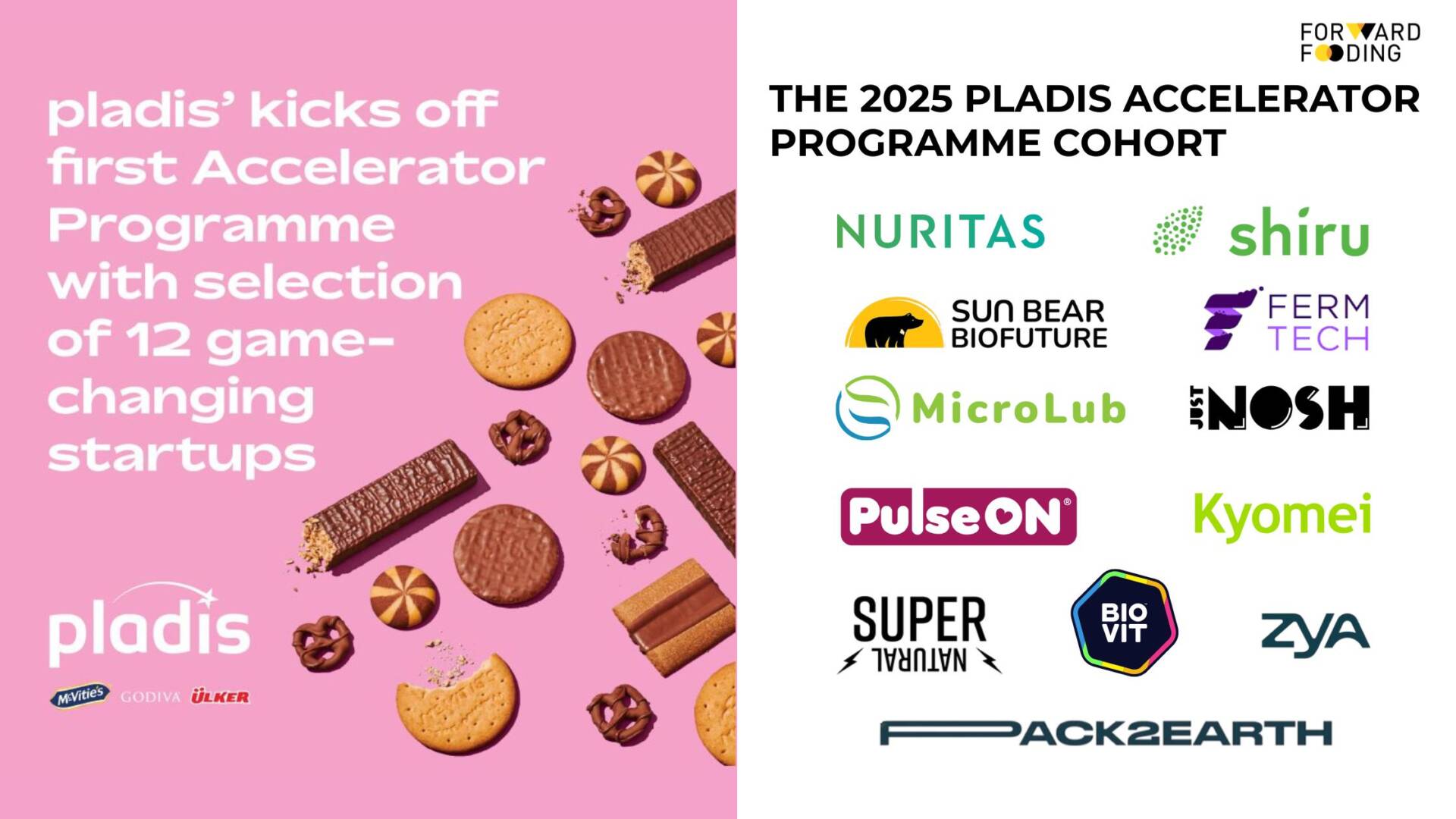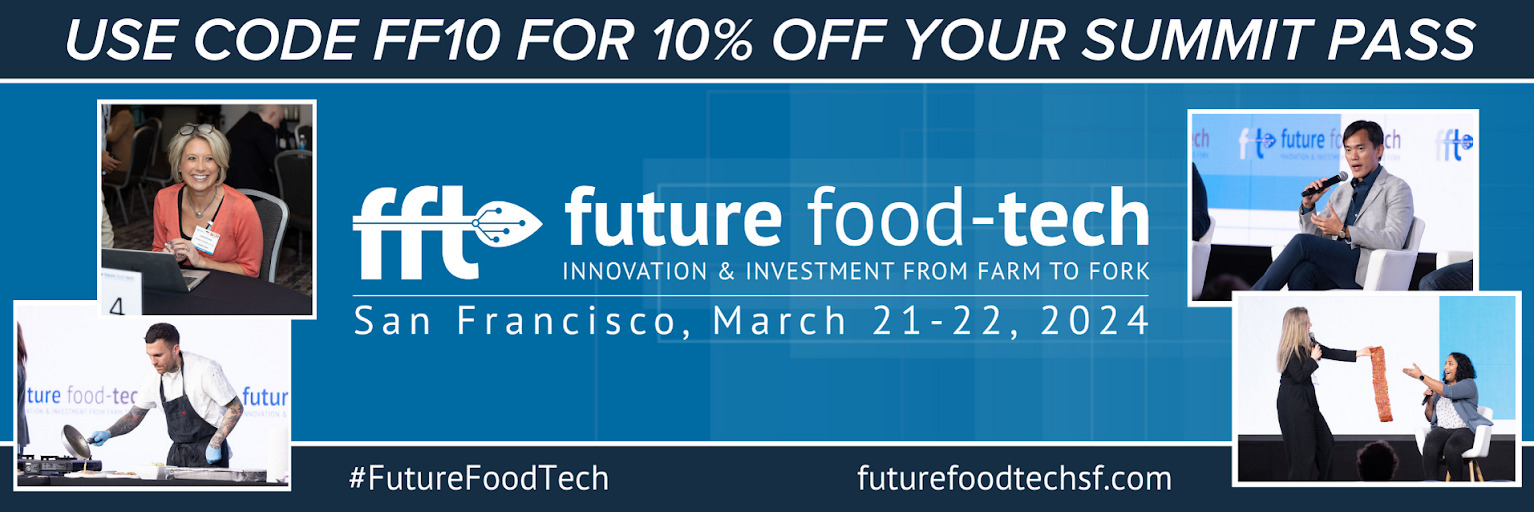FORWARD FOODING
THE BLOG
Food delivery robots for pandemic-proof delivery

The COVID-19 pandemic has reignited the debate about food delivery robots. Could they offer us a solution to future-proof our supply chains? We checked out the coverage and leading companies in our FoodTech Data Navigator to weigh up the pros and cons of this model.
The COVID-19 pandemic forced many restaurants to close overnight. Owners and managers scrambled to pivot to delivery and orders skyrocketed. Suddenly, food delivery workers became the backbone of a whole new food service sector.
But as the world locked down, online food orders outpaced human capacity to fill them. And experts questioned whether companies were doing enough to protect their workers from infection.
This unique situation has reignited the debate about food delivery robots. Could they offer us a solution to future-proof our supply chains? We took a look at the coverage in our FoodTech Data Navigator to weigh up the pros and cons of this model.

Whetting consumers’ appetite for robots in the community
Back in 2017, Doordash partnered with Starship Technologies to road test deliveries made by semi-autonomous robots in California.
The idea was simple. The food delivery robot turned up at a restaurant and got loaded up with food. It drove itself off to the customer’s address. The customer, alerted by a text message, unlocked the bot and retrieved their order. The bots certainly piqued local bystanders’ interest. But in cities designed for cars, robots still needed human handlers to make it to their destinations.
By 2018, food delivery robots had made it across the pond and touched down in Milton Keynes. The city’s extensive network of bike and pedestrian paths made it an ideal robot-friendly testing ground. Thanks to partnerships with local supermarkets, customers ordered groceries via an app and got them delivered direct to their doorstep.
Starship Technologies has seen a huge increase in demand over the last two years. In March, the company expanded its delivery area to include lunchtime meal delivery for 180,000 city centre workers.

Food delivery robots in lockdown
Some experts claimed that the COVID-19 pandemic was a missed opportunity to mainstream these models. But in the areas where delivery robots were already an established service, the pandemic has dramatically accelerated adoption.
In Milton Keynes, customers and partners claimed that food delivery robots have become a lifeline for housebound members of the community. Starship Technologies also decided to offer free delivery to health workers who might otherwise be struggling to go shopping. Their fleet has since completed over 100,000 autonomous deliveries.
Back in the US, a University of Michigan start-up – Refraction AI – launched a delivery programme at the end of last year. As the pandemic set in, restaurant partners tripled in just a few weeks and online ordered quickly maxed out daily. In addition to contactless delivery, each robot sterilizes the food compartment with UV lights – something customers found particularly reassuring.
And then there’s Kiwibot – a startup created at UC Berkeley. Since its launch in 2017, it has made over 90,000 deliveries. Recognising an opportunity during lockdown, Kiwibot launched #deliverydoctor, delivering hand sanitiser and face masks to communities in Berkeley and Denver. As demand for contactless delivery grew, they also partnered with delivery app, Rappi, to trial deliveries in Colombia. The companies will review the partnership in July, with a view to expanding to other cities.
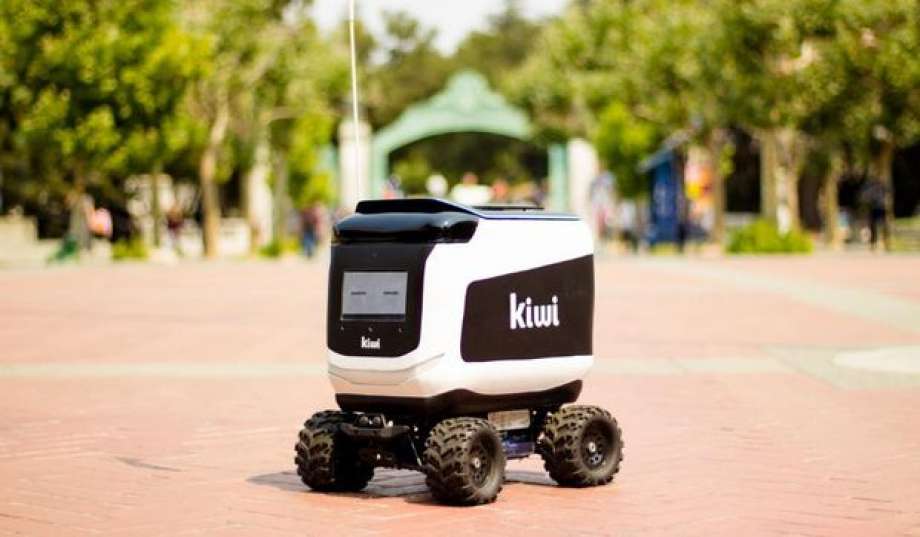
The challenges
But it hasn’t always been plain sailing. App reviews tell tales of technical issues or customers taking objection to the mark-up price for delivery. Back in 2018, one food delivery robot even burst into flames, due to a defective battery.
But one of the main challenges remains their lack of complete autonomy. Most robots are still guided by a supervisory team that can take over control if needed. And, of course, the robot itself is only one part of the system. Companies will also need to nail logistics and ensure a great in-app and service experience to keep customers coming back. Getting this right can be a challenge for startups, especially when seeking to keep costs low.
Some experts have also pointed out that the robots’ carrying capacity will limit their widespread adoption. Current food delivery robots are typically only suitable for small orders, meaning that weekly shops will still have to be collected in person. Some cities have also expressed concerns about the safety of robots operating on pedestrian pavements. While others are concerned about the impact on the loss of human jobs.
The opportunities
But food delivery robot forerunner, DoorDash, thinks it’s not a question of robots replacing traditional delivery methods. The future lies in finding the best delivery method for the journey. Robots are ideal for shorter journeys that human Dashers are reluctant to take on. They could also pick up orders and carry it to human drivers, parked in less congested areas.
Many advocates have highlighted their positive environmental impact. Cars typically emit 404 grams of CO2 per mile, while most battery-powered delivery robots are emission free. So even swapping out a few car-powered trips to the shops could make a significant difference to our carbon footprint. Additionally, encouraging people to order food as they need it may help cut down on food waste.
Starship Technologies think the biggest opportunity lies in last-mile delivery. According to McKinsey the final leg of a delivery makes up to 50 percent of a product’s total transportation cost. Solutions here have typically been complicated and expensive. But robots provide a way of removing this bottleneck to the growth of e-commerce and reducing end-to-end costs.
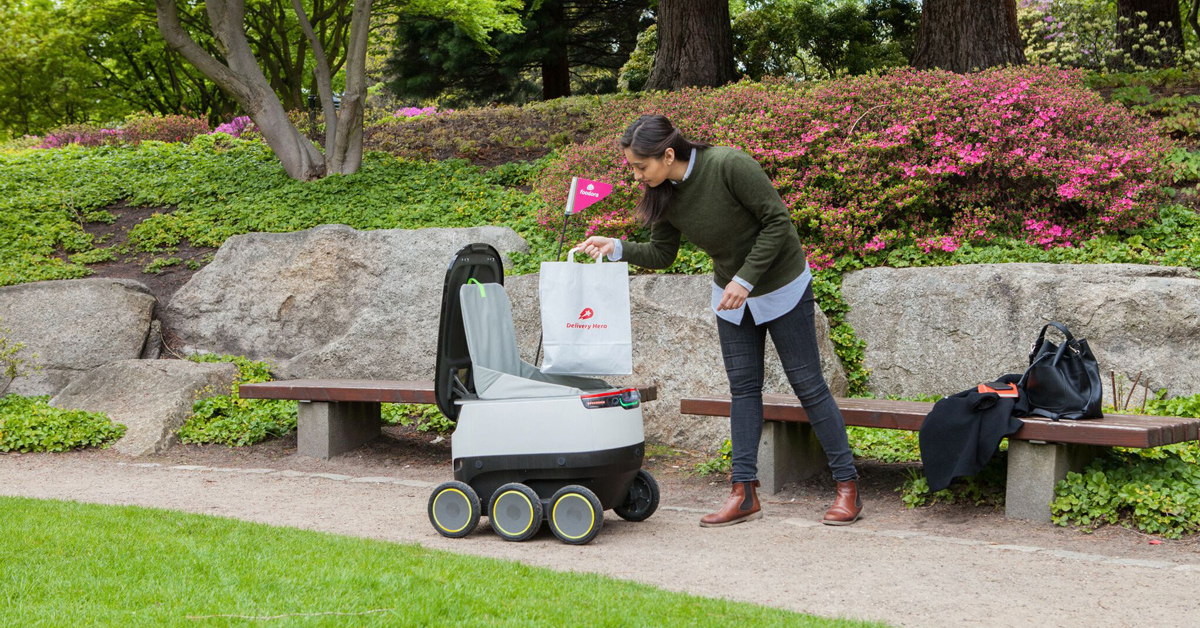
Are robots the future of food delivery?
Lockdown may not have led to a food delivery robot revolution. But the COVID-19 pandemic has demonstrated the potential of this model.
To accommodate demand, cities will need to develop the necessary infrastructure to facilitate these approaches. And companies will need to focus on user experience and profitability to scale effectively.
So watch this space. Robots may well be appearing at your doorstep sooner than you think.
Interested in integrating food delivery robots into your supply chain? Find out more about leading companies like Starship Technologies, Kiwibot, Refraction AI and Nuro and check out the latest media updates and investment news on the FoodTechData Navigator.
—
The FoodTech Data Navigator is the world’s first AgriFoodTech data intelligence platform. It brings together the latest information about over 5000 AgriFood Tech actors in one place. So you can quickly and easily keep on top of the latest innovations, spot emerging startups and explore potential collaborations.
Want to better understand the full ecosystem? Book a free demo
Want your company to be featured? Apply here
Follow us
Sponsored Articles
9 July 2025
Forward Fooding celebrates the selection of 12 pioneering startups for the inaugural pladis Accelerator Programme. From water lily popcorn to sugar-converting enzymes, these innovations represent the future of snacking, addressing obesity, sustainability, and personalized nutrition through cutting-edge food technology.
21 March 2025
Tim Ingmire, VP of Global Innovation & Technology at pladis, discusses how the snacking giant is supporting early-stage startups in foodtech, health, and sustainability through their accelerator program. Learn about their focus on personalized nutrition, functional foods, and future ingredients to bring innovative, delicious products to consumers worldwide.
8 February 2024
Future Food-Tech returns to San Francisco on March 21-22 Over 1,700 food-tech leaders, from CPG brands, retailers, ingredient providers, [...]
1 February 2023
The 4th edition of FoodTech 500 is taking off and we are excited to partner with NEOM for the third consecutive year to support the best international AgriFoodTech entrepreneurs.
10 February 2022
One of the elements we enjoy the most here at Forward Fooding about working with AgriFoodTech startups is being [...]
